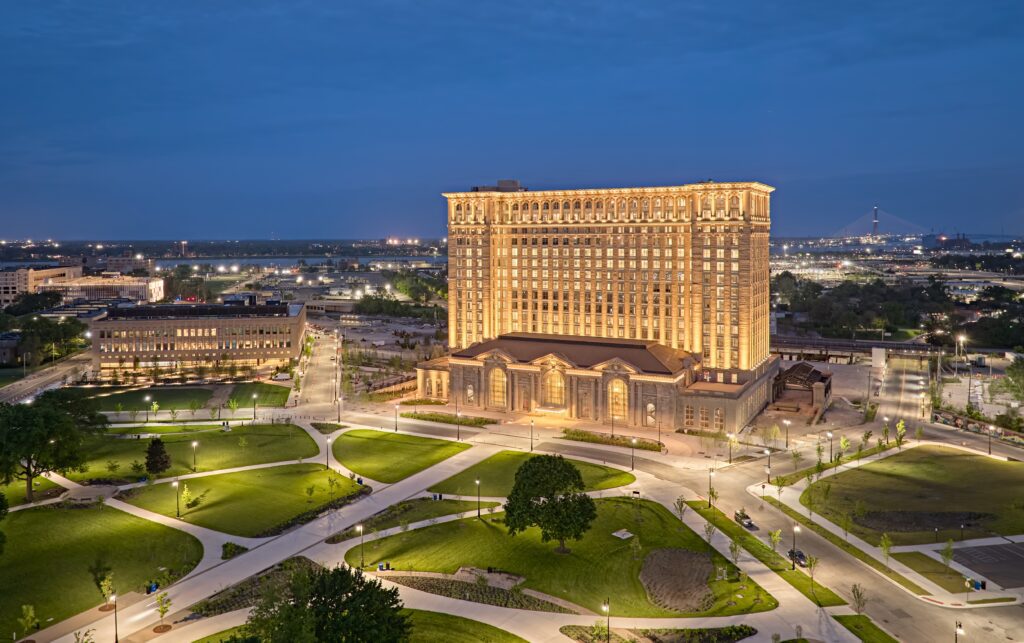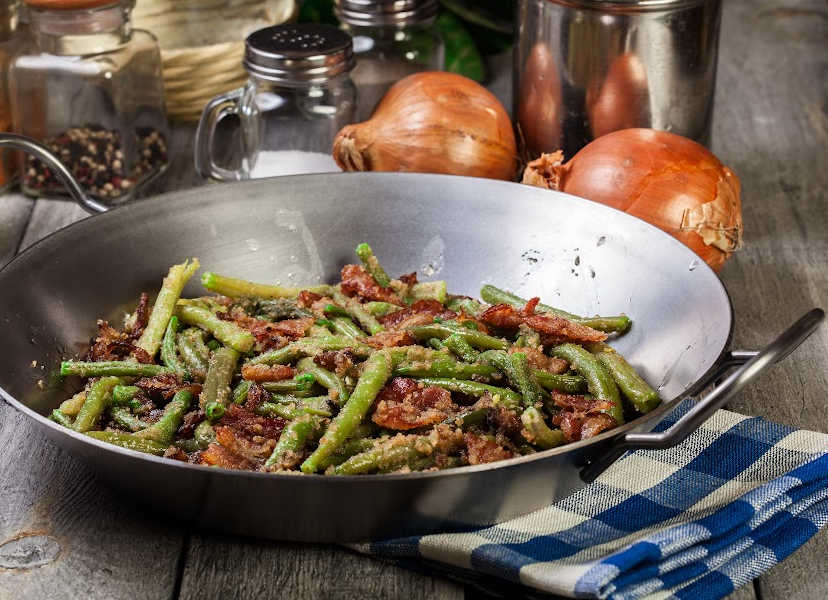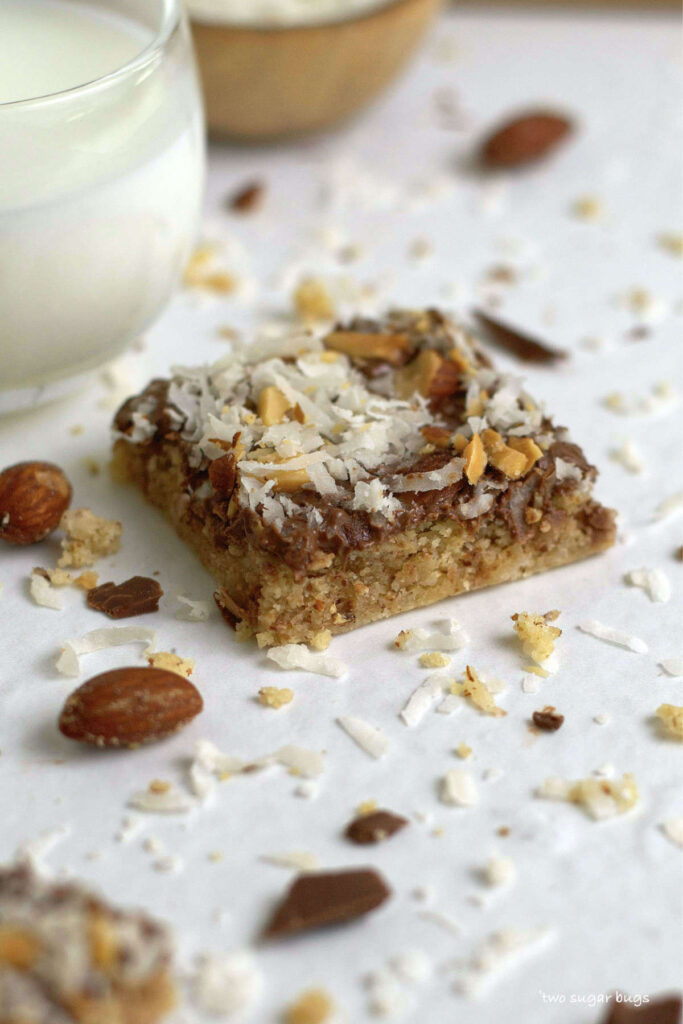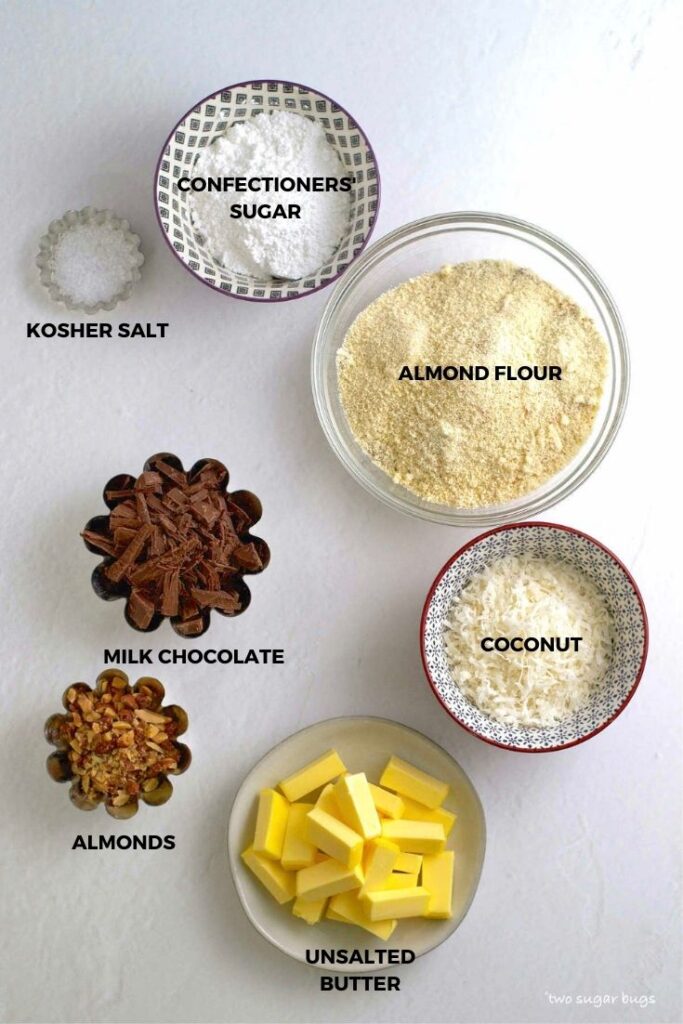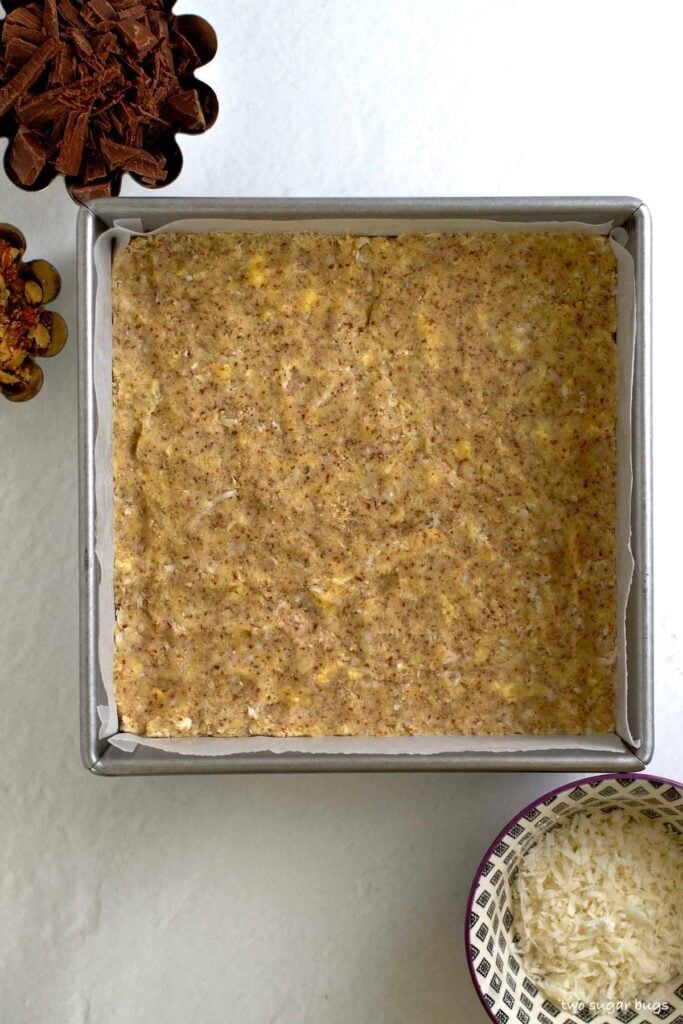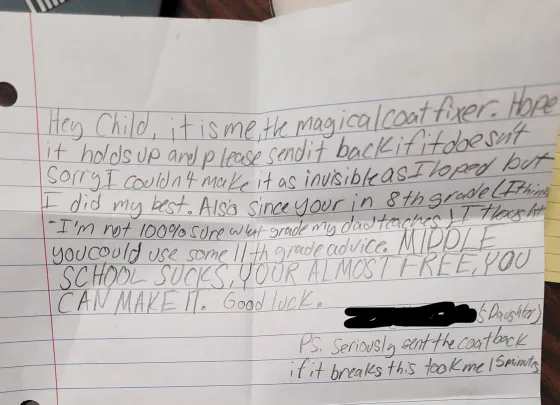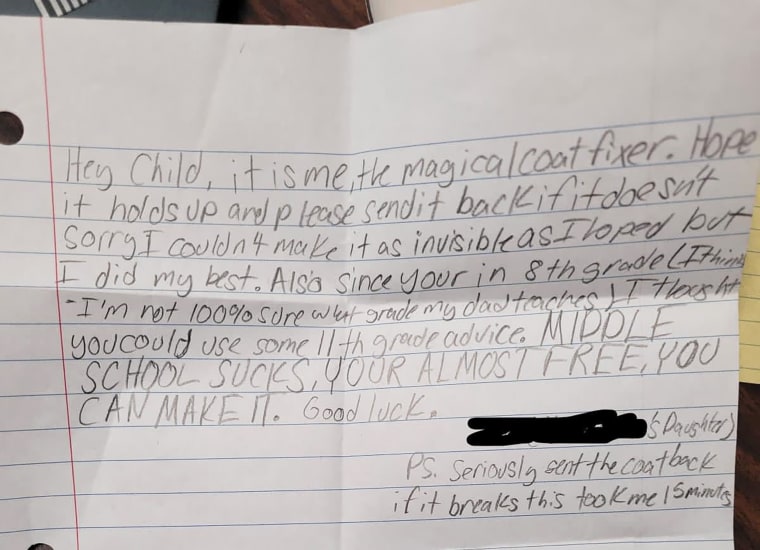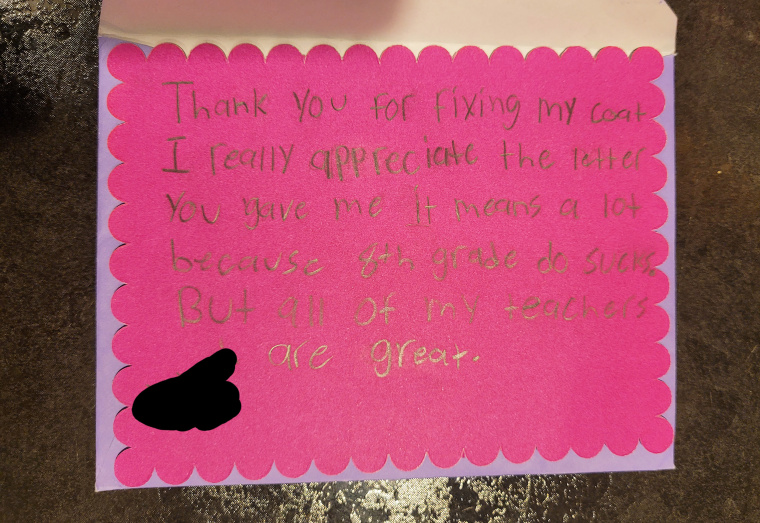Views: 32
Detroit’s Abandoned Michigan Central Station Restored to Its Former Glory 111 Years After Opening.
The historic Michigan Central Station in Detroit’s Corktown neighborhood first opened in 1913 as one of the country’s most impressive transportation terminals.
At its peak, the Beaux-Arts building saw 4,000 daily visitors, but in 1988, after decades of declining rail travel, it was shuttered. The train station sat vacant for over 30 years, its once-stunningly ornate facade falling victim to weather, vandalism, and neglect. But on Thursday, following a six-year, $950 million renovation, the 18-story structure reopened to much fanfare.

Michigan Central Station in 2016
It’s the piece de resistance in a massive project by Ford Motor Company. The automotive giant acquired the station in 2018 with plans to transform it and its surrounding area into a 30-acre technology and cultural hub.
“There’ll be nothing like this anywhere in America, because not only will this be a beautiful building to work, we’re going to invent the future of mobility down here, too. And we want to make the Motor City the Motor City for the next 100 years again,” Ford Executive Chair William Clay Ford Jr. told CBS News.
More than 3,000 tradespeople restored the building to its former grandeur, with Ford sourcing limestone from the same quarry in Indiana that supplied the original stones over a century ago. Attention was given to rehabilitating as much of the station’s original architecture as possible while also paying tribute to its more recent history by preserving some of the graffiti on its walls.
“Everything Ford could save, we did, and other elements were re-created through technology and tenacity,” Melissa Dittmer, head of place at Michigan Central, explained in a statement. “At the same time, it was important to us to respect the station’s extraordinary past, including its ongoing role in Detroit’s cultural landscape.”

The station’s interior in 2018

The newly renovated interior
The reopening was celebrated with a massive outdoor concert executive-produced by Eminem and featuring performances from Michigan natives Diana Ross, Jack White, Theo Parrish, and others, including the Detroit Symphony Orchestra. It kicked off a 10-day open house welcoming visitors to explore the station’s ground floor.
“Detroit is known around the world for its musical talent, and having so many legendary artists kick off the celebration for the reopening of the iconic Michigan Central Station shows how meaningful this moment is for our city,” said Mayor Mike Duggan in a news release. “This historic landmark symbolizes Detroit’s resilience, innovation, and now, its bright future. This is about more than preserving a piece of our past. It also is about paving the way for a new era of growth and opportunity for all Detroiters.”

A postcard of Michigan Central Station circa 1913
That sentiment reflects a comeback for the city, which famously filed for bankruptcy in 2013, the largest municipality in the country to do so. Over a decade later, new life is being breathed into Detroit: This April, the 2024 NFL Draft was held there, drawing over 700,000 fans, per CBS.
Now that the station has been restored, Ford will be among the first tenants, with employees expected to move into three floors later this year. A youth programming floor in the building’s tower will provide 23,000 square feet of space to welcome organizations that are investing in future generations.

A new public park in the station’s former rail yard is also in development, and is being designed with sustainability and inclusivity in mind. It will comprise gardens, playscapes, community gathering and event spaces, as well as tech-enabled zones for innovation and collaboration.
“I wanted Michigan Central to be beautifully restored but also reimagined for so much more,” said Executive Chair Bill Ford, adding: “The innovation that will happen here, with startups and companies big and small, will help ensure Detroit preserves its title as the Motor City for generations to come.”
![]()
